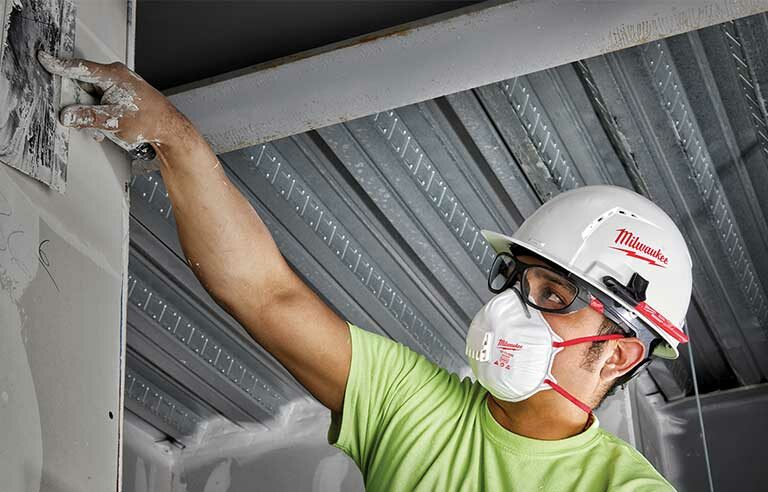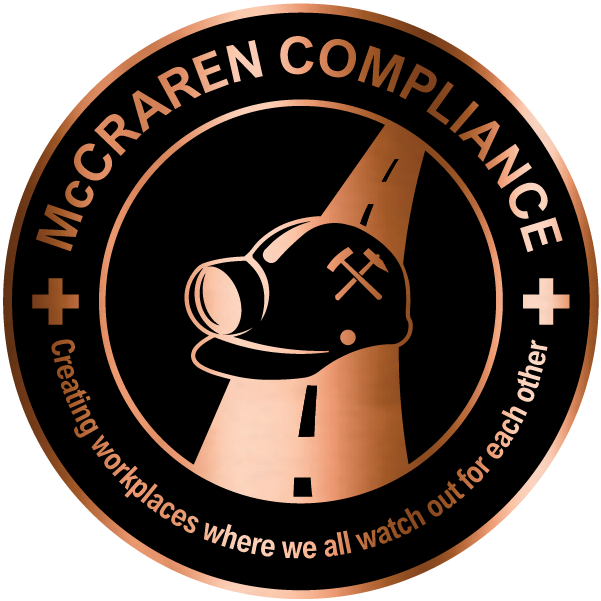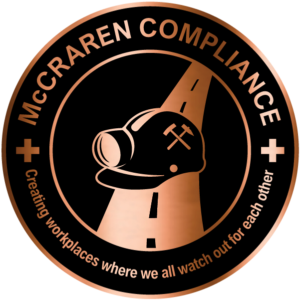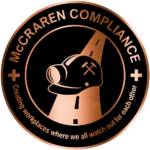
Responding is Kyle Anderson, senior product manager, Milwaukee Tool, Brookfield, WI.
A strong safety culture is the cornerstone of any successful workplace, as prioritizing health and safety not only protects employees but also enhances productivity and overall business performance. A culture of safety is cultivated through leadership commitment, employee involvement and effective training programs.
One critical aspect of this culture is ensuring workers understand the vital role of personal protective equipment, with respiratory protection being particularly essential. Respiratory protection helps prevent exposure to harmful airborne hazards that can lead to long-term health issues, making it a key component in safeguarding employee well-being. By providing comprehensive training on the importance of respiratory protection, selecting the appropriate equipment, and emphasizing its consistent use and maintenance, organizations can significantly reduce the risk of workplace injuries and illnesses.
Overcoming barriers to PPE
A strong safety culture integrates health and safety into the daily operations of the workplace, with leadership playing a crucial role. Leaders must ensure employees have access to proper training, education and the right PPE. Employers should also foster open communication about safety and actively encourage participation in safety programs. Employee involvement is essential in building accountability and ensuring safety protocols are consistently followed.
However, although these efforts are vital, challenges such as PPE discomfort and resistance to its use must be addressed to truly establish a sustainable safety culture.
To overcome these challenges, organizations must invest in high-quality, comfortable PPE that not only meets safety standards but also ensures comfort and practicality for the worker during extended use. This is particularly important when considering respiratory protection, as the fit and comfort of respirators play a crucial role in their effectiveness. Workers are more likely to wear and maintain their protective gear when it feels comfortable and is well suited to the conditions they face.
Recent developments in respiratory protection have focused on improving comfort, breathability and fit. Innovations include temperature-reducing valves, enhanced sealing gaskets and ergonomic designs that make respirators more comfortable for extended wear. Advances in materials have also led to improved filtration efficiency and longevity, ensuring better protection against hazardous particles, fumes and dust. These advancements are critical in meeting the needs of workers who spend long hours in challenging environments.
Building a safety culture
A strong safety culture isn’t just about compliance – it’s about creating an environment where the health and well-being of employees are prioritized and where safety becomes a natural part of daily operations. By investing in high-quality, comfortable PPE, particularly respiratory protection, organizations can ensure workers are both protected and empowered to perform their tasks safely and efficiently. Comfort and proper fit are not just nice-to-haves – they’re essential for the long-term effectiveness of safety protocols. As organizations continue to innovate and improve the design of PPE, it’s crucial to remember that a successful safety culture is built on a foundation of leadership; employee engagement; and the thoughtful integration of effective, comfortable safety measures. When workers feel supported and valued, they’re more likely to embrace safety practices, leading to a healthier, more productive workplace for everyone.
McCraren Compliance offers many opportunities in safety training to help circumvent accidents. Please take a moment to visit our calendar of classes to see what we can do to help your safety measures from training to consulting.
Original article published by Safety+Health an NSC publication


